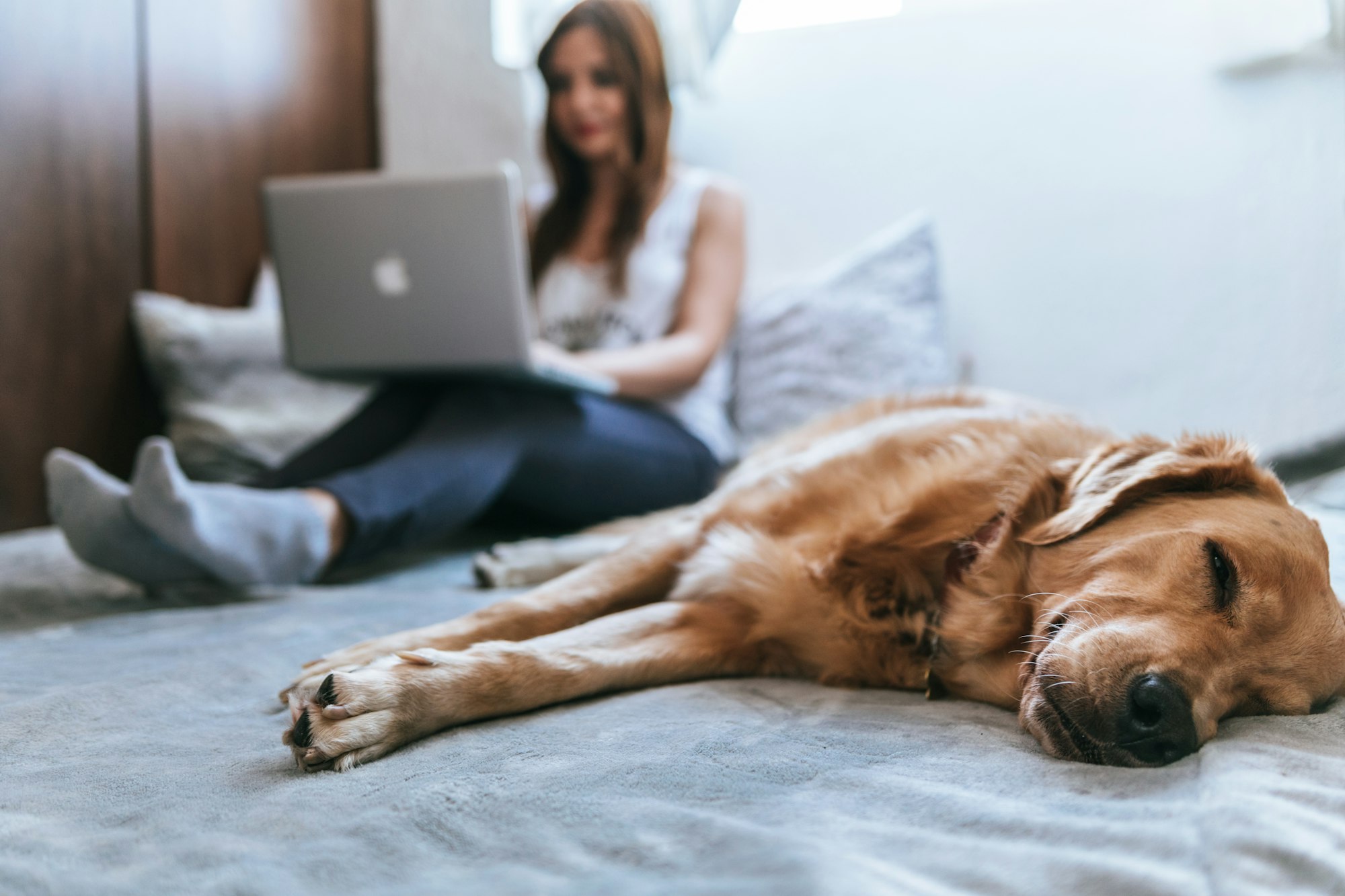Ever wondered why your dog gives you that side eye? It’s more than just a look. In this article, you’ll learn what the dog side eye means and how to respond to it. We’ll break down the reasons behind this behavior and offer tips to handle it effectively.
Key Takeaways
- Dogs use side eye (or ‘whale eye’) to communicate emotions like fear, aggression, discomfort, or curiosity.
- Common triggers for side eye include resource guarding (toys or food), meeting new people or animals, and being in unfamiliar places.
- Responding to side eye properly involves respecting the dog’s personal space, using positive reinforcement for training, and seeking professional help if aggressive behavior persists.
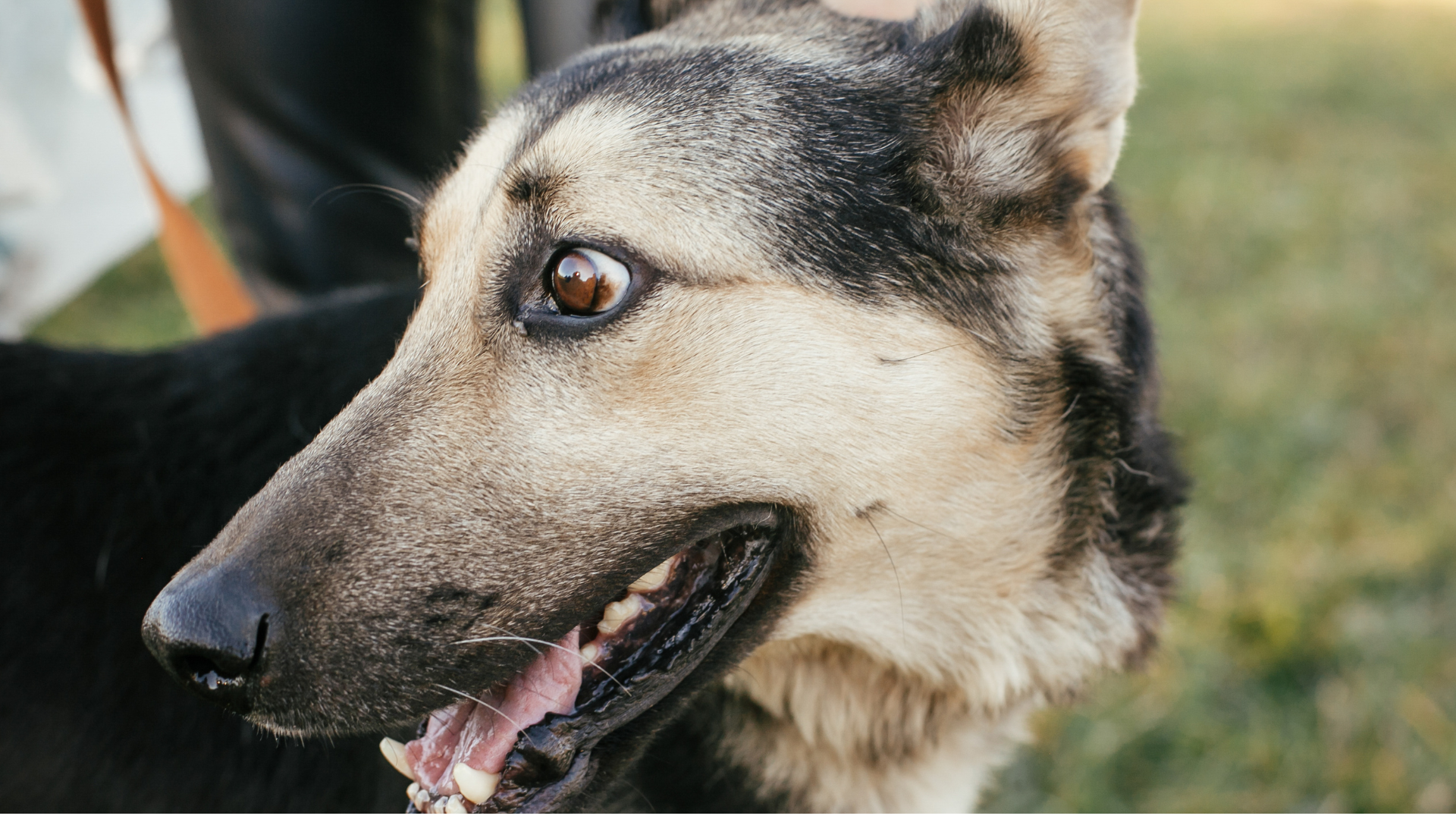
The dog side eye is more than just a look; it’s a significant part of canine communication. When a dog gives the side eye, they:
- Turn their head slightly
- Look at you from the corner of their eyes
- Swivel the iris of their eye to the side, revealing more of the white part, known as the sclera.
Dogs have the ability to express emotions through the whites of their eyes, a feature that is unique in the animal kingdom. This capability is a fascinating aspect of canine behavior. This unique trait allows them to communicate complex emotions through their gaze, something that not many other animals can do.
The dog side eye, often called a “whale eye,” is a behavior where dogs turn their head slightly and look at someone or something from the corners of their eyes. This action reveals more of the white part of the eye, known as the sclera. The result is a look that can be interpreted in many ways, depending on the context and the dog’s overall body language. Some possible interpretations of the dog side eye include:
- Fear or anxiety
- Aggression or defensiveness
- Discomfort or unease
- Curiosity or alertness
It’s important to pay attention to the dog’s other body language cues and the context in which the side eye is occurring to better understand what the dog may be feeling or trying to communicate.
Dogs are unique in the animal world for having such expressive eyes. Unlike many other species, the whites of their eyes are relatively prominent, allowing them to communicate a range of emotions and intentions through eye contact. This makes the side eye a powerful tool in their non-verbal communication arsenal.
Why Do Dogs Give the Side Eye?
So why do dogs give the side eye? One primary reason is communication. Dogs often use their body language to express feelings like irritation or annoyance. Just like humans might roll their eyes or give a sideways glance when bothered, dogs use the side eye to indicate their displeasure.
Another common reason is anxiety or stress. The side eye, also known as whale eye, can signal that a dog is feeling uneasy or threatened. For instance, if your dog turns their head away and looks at you from the corner of their eye, it may be an appeasement gesture, showing that they are not a threat.
The side eye can also be a warning signal. If a dog feels their space is being invaded, they might use this look to communicate that they need more room. This is particularly common when new animals or strangers are around, making the dog feel defensive or protective.
Sometimes, the side eye is just a natural part of a dog’s behavior. It might indicate playfulness or excitement, especially if accompanied by other playful gestures. Understanding these nuances can help you interpret what your dog is trying to tell you.
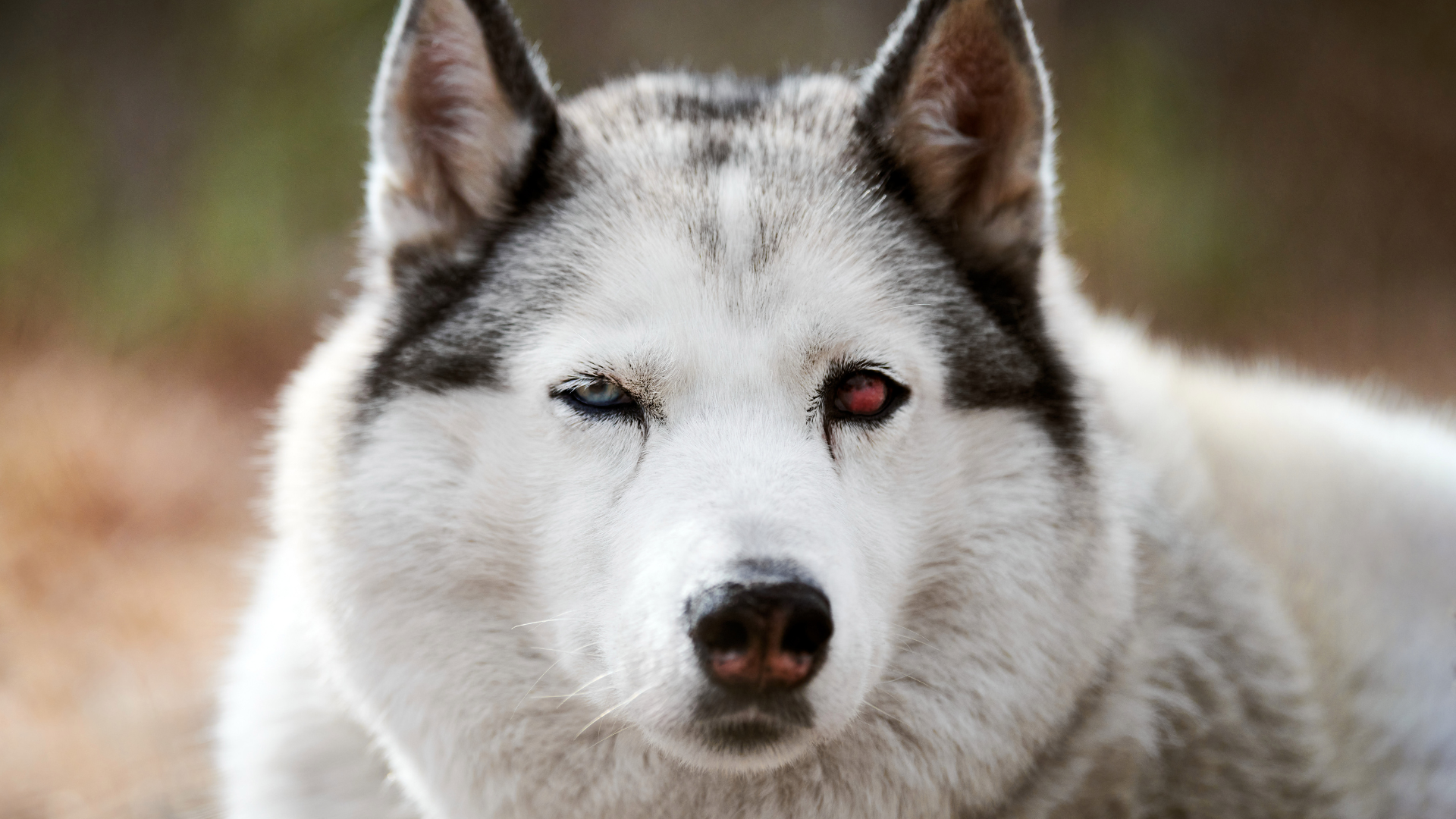
Recognizing the Signs
To effectively understand your dog’s side eye, you need to recognize the accompanying signs. When a dog gives a side eye, they often look sideways without turning their head fully, revealing the sclera. This look, known as whale eye or half-moon eye, forms a distinct half-moon shape around the iris.
Other body language indicators often accompany the side eye. For example, you might notice:
- flattened ears
- a slight turning away of the head
- dilated pupils
- lip licking
These signs can help you determine whether your dog is feeling relaxed or tense, giving you better insight into their normal emotions.
Common Triggers for Side Eyes
Several common triggers can cause dogs to give the side eye. These include guarding valuable items like toys or food, territorial reactions to new pets or strangers, and feeling uneasy in unfamiliar locations.
Understanding these triggers can help you anticipate and manage your dog’s side eye behavior effectively.
Toys and Food
Resource guarding is a common reason for dogs to give the side eye. When a dog feels the need to protect their belongings, such as toys or food, they might display this behavior. For instance, if your dog is happily chewing on their favorite toy and you approach, they might give you a side eye as a warning to stay away from their prized possession.
Similarly, during mealtime, a dog might use the side eye to guard their food. This behavior indicates that they are protective of their meal and prefer not to be disturbed. Recognizing this can help you respect their space and avoid unnecessary conflicts.
New People and Animals
Encountering new people or animals can also trigger side eye behavior in dogs. When a new pet or stranger enters their environment, dogs might feel threatened or protective, leading to side eyeing. This reaction is a way for them to signal their discomfort with these unfamiliar entities.
To help your dog adapt, it’s crucial to introduce new people and animals gradually and in a controlled environment. Socializing your dog with new experiences can reduce anxiety and help them become more comfortable, minimizing the side eye behavior.
Unfamiliar Locations
Unfamiliar locations can make dogs feel defensive and trigger side eye behavior. When dogs are in new surroundings, they might become nervous, leading them to display the side eye as they try to assess their environment. This behavior is a sign that they are feeling anxious or unsure about their surroundings.
To ease this anxiety, it’s important to gradually introduce your dog to new locations. Allow them time to explore at their own pace and provide reassurance to help them feel more secure.
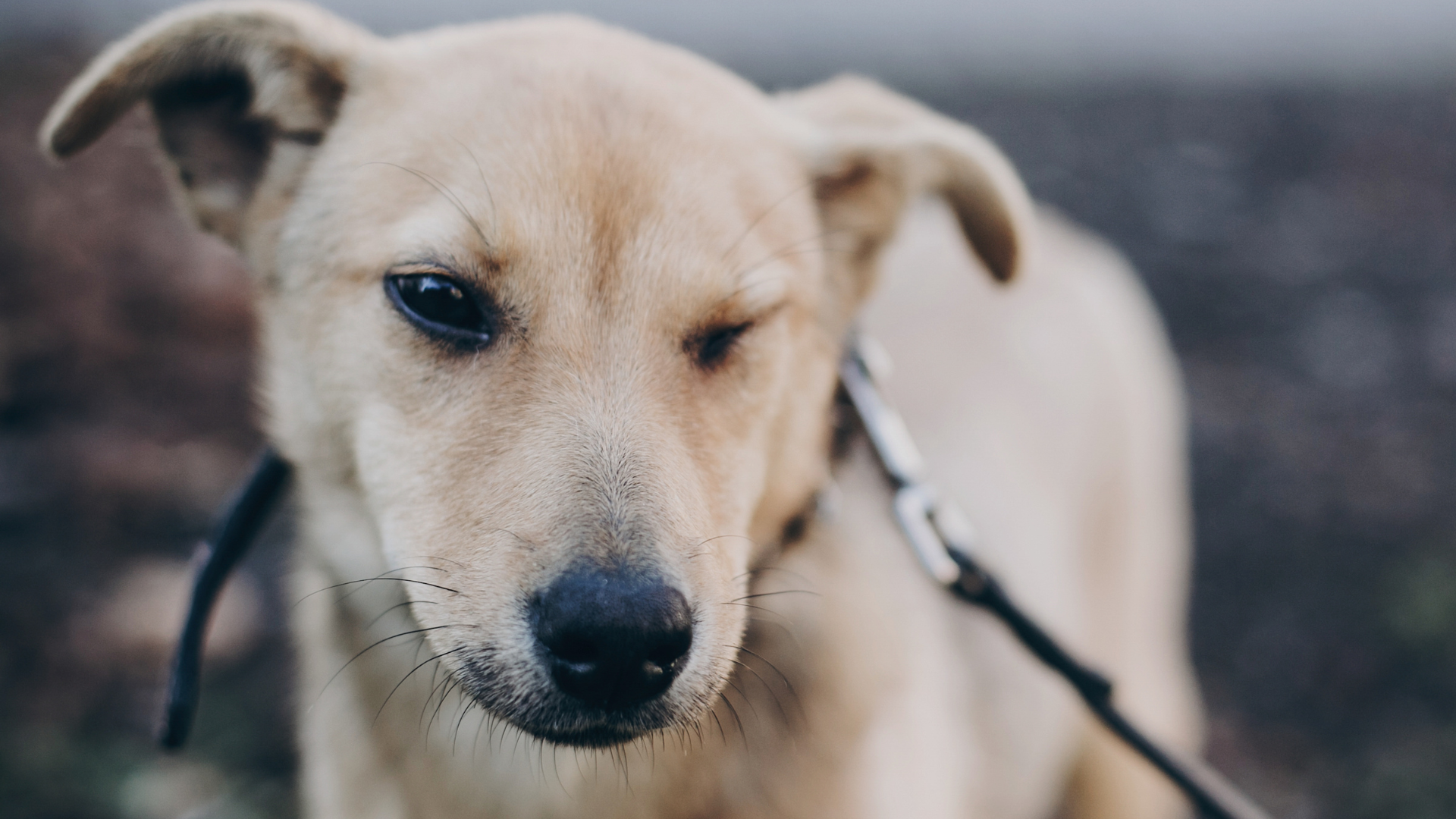
How to Respond to Your Dog's Side Eye
Responding appropriately to your dog’s side eye is essential. Respecting their personal space, using positive reinforcement training, and knowing when to seek professional help are key strategies. These approaches can help minimize side eye incidents and ensure your dog feels safe and understood.
Respecting Personal Space
One of the most crucial things to remember is that a dog’s side eye can be a plea for personal space. Recognizing when your dog needs space is vital. Here are some signs to look out for:
- Avoiding eye contact
- Tense body language
- Moving away or hiding
- Growling or snapping
Avoiding sudden movements and loud noises can also help treat anxiety in cats.
Creating dog-only zones in your house using baby gates can provide your dog with a refuge from stressful interactions. Additionally, teaching children to avoid disturbing a dog while it is eating or sleeping can help maintain peaceful interactions.
Training and Socialization
Training and socialization play a significant role in reducing side eye behavior. Using positive reinforcement, such as rewarding your dog for desirable behavior, can help them feel more secure. This approach not only reduces side eye incidents but also builds trust and strengthens your bond with your dog.
Gradual exposure to new animals, people, and environments is also crucial. By rewarding calm behavior in anxiety-inducing situations, you can help transform your dog’s attitude and reduce their reliance on side eye communication.
When to Seek Professional Help
If your dog frequently gives side eyes accompanied by signs of aggression, it might be time to seek professional help. Indicators such as growling, avoiding eye contact, and a stiffly held or tucked tail suggest underlying stress or discomfort that needs addressing.
Consulting a vet or professional trainer can provide tailored advice and support to manage your dog’s behavior. Frequent side eyes with rigid body posture might indicate deeper issues that require expert intervention.
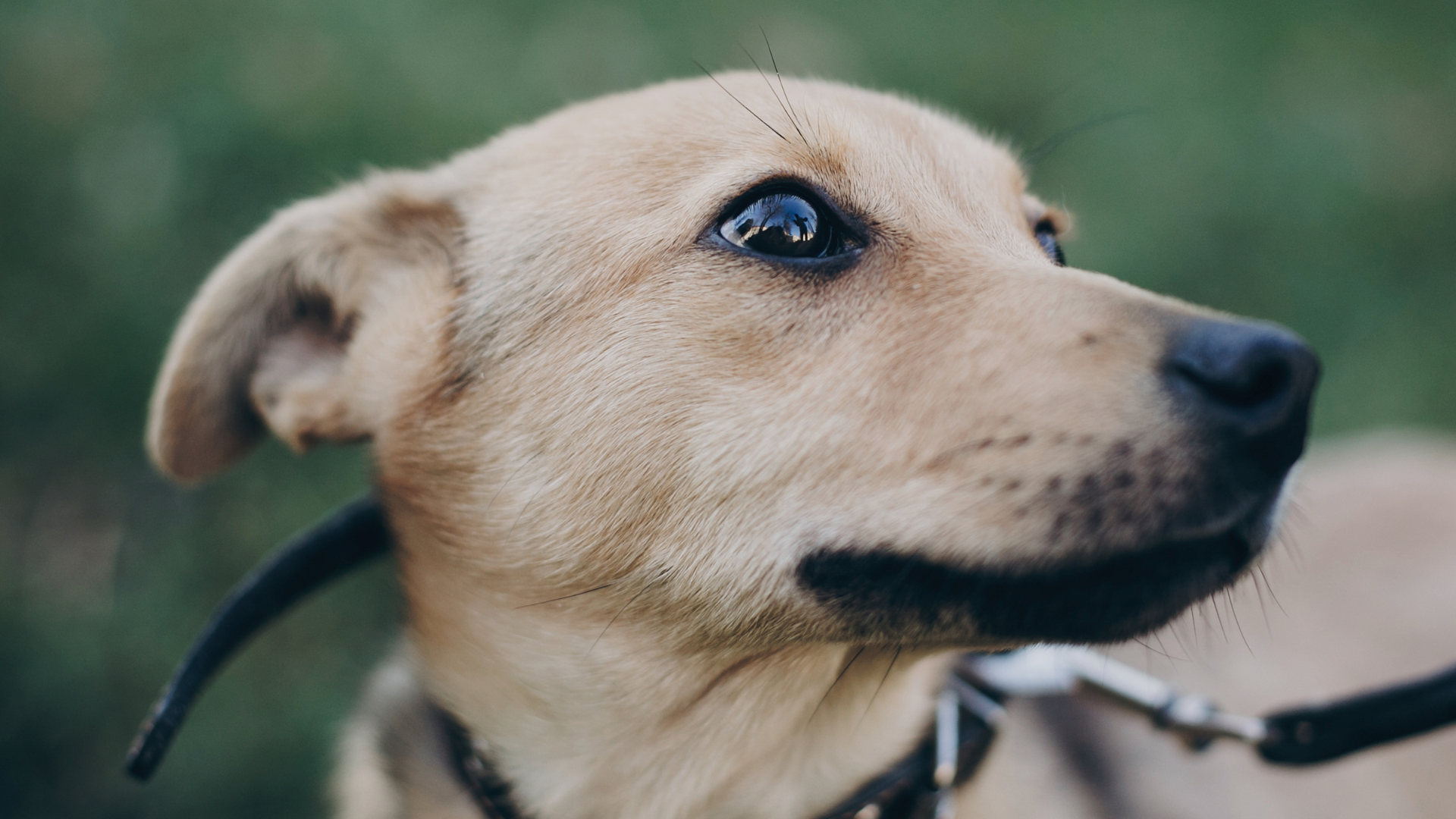
Preventing Side Eye Incidents
Preventing side eye incidents involves creating a safe environment, managing interactions, and establishing clear boundaries. These strategies can help reduce stress triggers and ensure your dog feels secure and comfortable.
Creating a Safe Environment
To prevent side eye incidents, it’s essential to provide your dog with a designated safe space where they can retreat and feel secure. This space should be dog-proofed to ensure there are no hazards, and it should be a place where your dog is not disturbed.
Feeding your dog in their safe space can create positive associations with the area. Additionally, using comfort items and ensuring the space is physically comfortable can help your dog feel more at ease.
Managing Interactions
Managing interactions between dogs and others, especially children, is crucial. Never leaving a dog unsupervised with young children can prevent unpredictable behavior and side eye incidents. Teaching respectful interaction methods and ensuring active supervision can help maintain a peaceful relationship between dogs and children.
Educating guests on how to approach and interact with your dog can also reduce stress and prevent side eye behavior. Clear communication and understanding of your dog’s boundaries are key to managing interactions effectively.
Summary
Understanding the dog side eye can significantly enhance your relationship with your furry friend. By recognizing the signs, identifying triggers, and responding appropriately, you can ensure your dog feels safe and understood. Respecting their personal space, consistent training, and knowing when to seek professional help are crucial steps in managing this behavior.
In conclusion, the dog side eye is a powerful form of communication that reflects your dog’s emotions and needs. By paying attention and responding with care, you can build a stronger bond with your dog and create a harmonious living environment. Remember, a happy dog makes for a happy home.
Frequently Asked Questions
What is the dog side eye?
The dog side eye is when your dog gives you a sideways glance, showing the white part of their eye. It's a way for them to express curiosity or uncertainty.
How can I recognize if my dog is giving the side eye?
If your dog gives you a sideways glance revealing the white part of their eye, along with other signs like flattened ears and dilated pupils, they might be giving you the side eye. Pay attention to their body language too.
What should I do if my dog frequently gives the side eye?
If your dog frequently gives the side eye, it's essential to respect their personal space, employ positive reinforcement training, and consider seeking professional help if there are signs of aggression.
Certain situations are more likely to trigger a side eye in your dog. For instance, handling your dog in ways they find uncomfortable, such as clipping nails, bathing or grooming, along with petting them on disliked body areas, can often result in a dog giving a side eye. But, that’s not all.
Let’s look at some more common situations that can lead to a side eye, often stemming from doubt in what is considered normal.
Sharing Toys and Treats
Sharing isn’t always caring, at least not from your dog’s perspective. A dog may give a side eye as part of resource guarding behavior when they feel the need to protect their belongings or perceive something as their own. The ‘whale eye’ can occur when a dog is anxious about potential loss of its resources to other pets.
Providing an abundance of resources can help reduce resource guarding in dogs. Here are some strategies to try:
- Provide plenty of toys, beds, and treats to assure dogs they have ample resources.
- Use positive reinforcement training to teach dogs to associate sharing with positive outcomes.
- When introducing a new toy or treat, do it in a way that ensures your dog doesn’t feel threatened.
By implementing these strategies, you can help reduce resource guarding behavior in your dog.
New People or Animals in Their Territory
Introducing new people or animals to a dog’s life and territory can be a tricky business, especially when they might be hiding their true intentions. To prevent a dog from feeling threatened and displaying the side eye, introductions should be done gradually and in a controlled environment.
When new people enter a dog’s territory, it’s best to initially confine the dog, allowing them to later initiate contact on their own terms and offering treats to facilitate a positive association. Similar principles apply when introducing dogs to each other, with a focus on using positive reinforcement to create a calm and friendly encounter.
During Playtime: Fun or Fear?
During playtime, a dog’s side eye can be a subtle way of communicating their boundaries and preventing things from escalating. It can be a dog’s way of asking for space or indicating they are not sure about what’s happening.
It’s important to understand whether your dog’s side eye during playtime signifies fun or fear. Loose body language and a wagging tail accompanying a side eye can signify a playful and happy mood. On the other hand, tense posture, pulled back ears, and a tucked tail with a side eye can reflect fear or discomfort during play.
The Lighter Side of Side Eyes
While there’s a lot to understand about the dog side eye, let’s not forget the lighter side of this behavior. Dogs are known to give expressive side eyes that can appear as if they are making a judgment or expressing sassiness. These moments often add a layer of humor to our interactions with our dogs and make for some amusing social media posts!
Remember the viral TikTok video showcasing a silver Labrador named Walter giving his owner a ‘side eye’? Walter was perceived to be expressing disappointment through his side eye as he sat upright on a sofa, prompting laughter from the audience. Commenters reacted with humor to Walter’s side eye, bringing a lighter side to this unique canine expression.
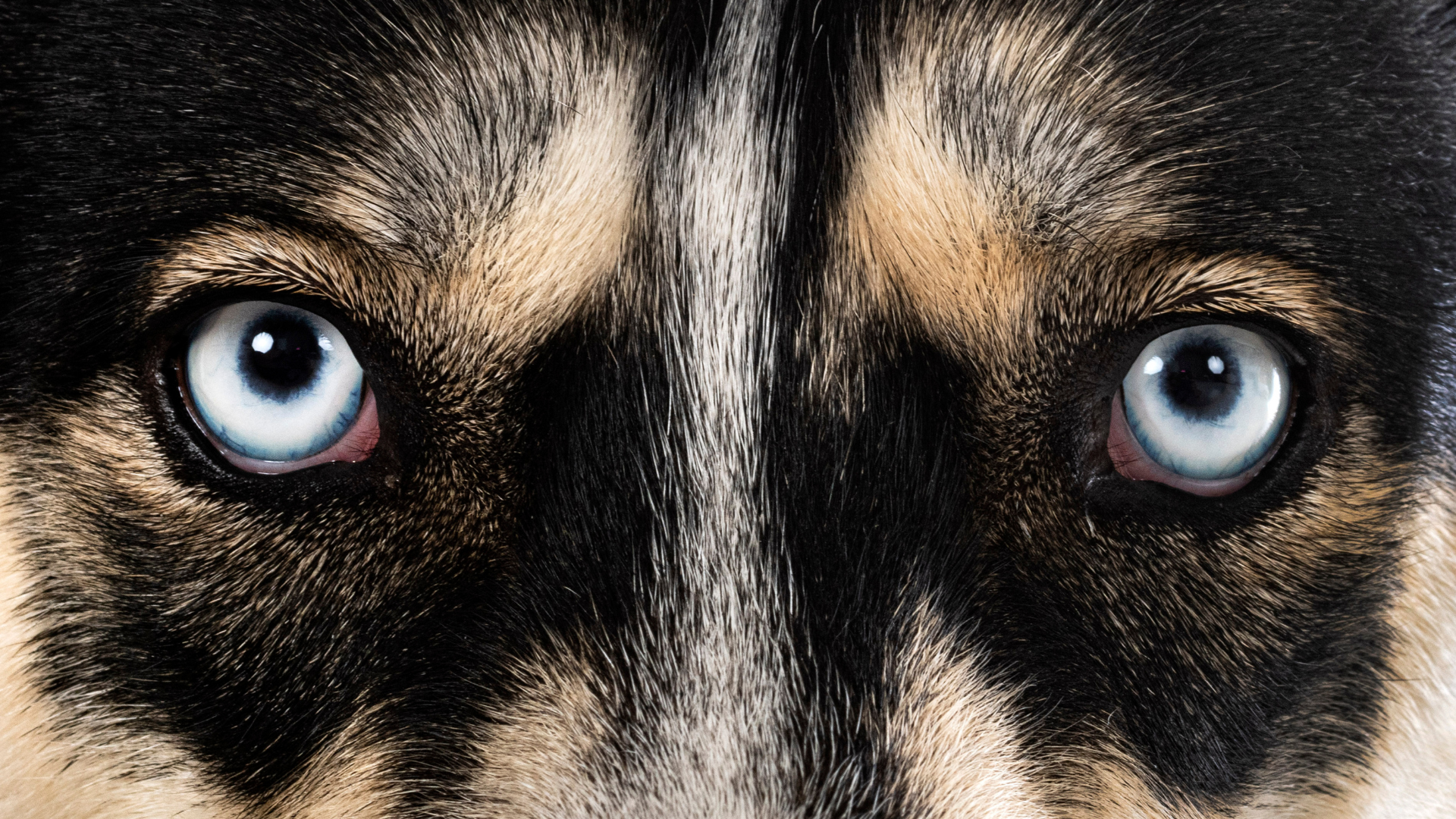
Summary
From the anatomy of the side eye to its emotional expressions, understanding the side eye in dogs is like learning a new language. It’s about observing silent signals, interpreting them correctly, and responding with understanding and care. By doing so, we not only strengthen our bond with our furry friends but also add a dash of humor and intrigue to our interactions with them. So, the next time your dog gives you a side eye, remember, it’s not just a sideways glance; it’s a window into their thoughts, emotions, and a testament to the deep bond you share.
Frequently Asked Questions
- What does it mean when a dog gives a side eye?
- When a dog gives a side eye, it's a way for them to express different emotions without using words, like happiness, fear, or aggression.
- How should I respond when my dog gives a side eye?
- When your dog gives a side eye, stay calm, give them space, and gently remove them from stressful situations. It's important to respond with understanding and care.
- Can a dog's side eye be a sign of playfulness?
- Yes, a dog's side eye can indicate playfulness or curiosity, but it's essential to consider the context and observe other body language cues for accurate interpretation.

